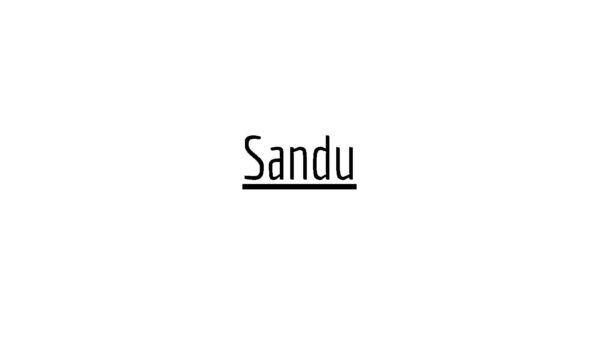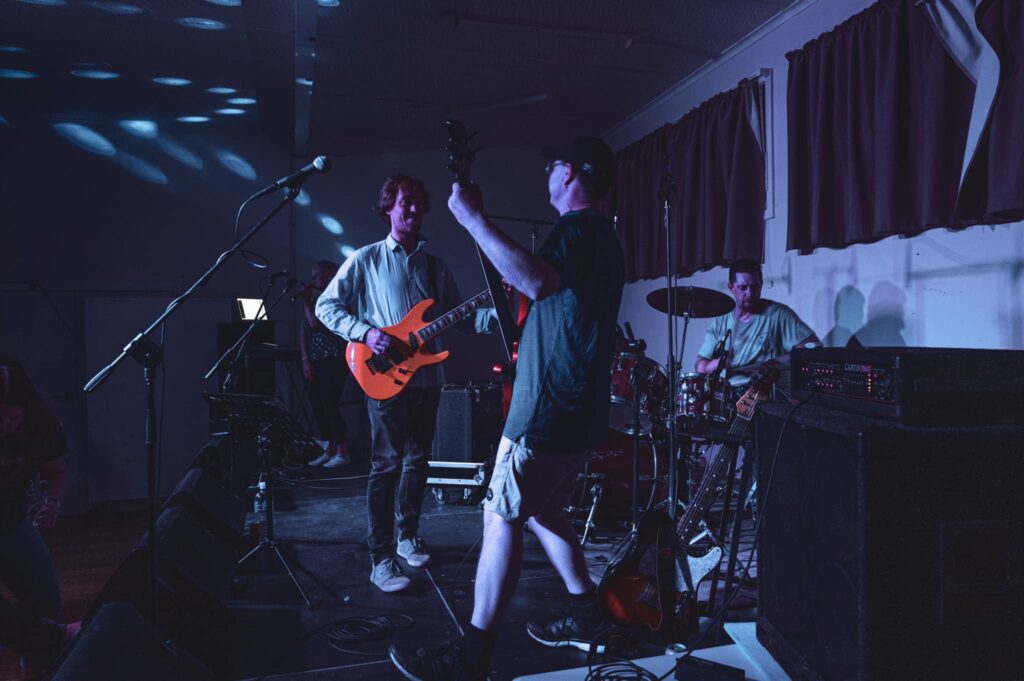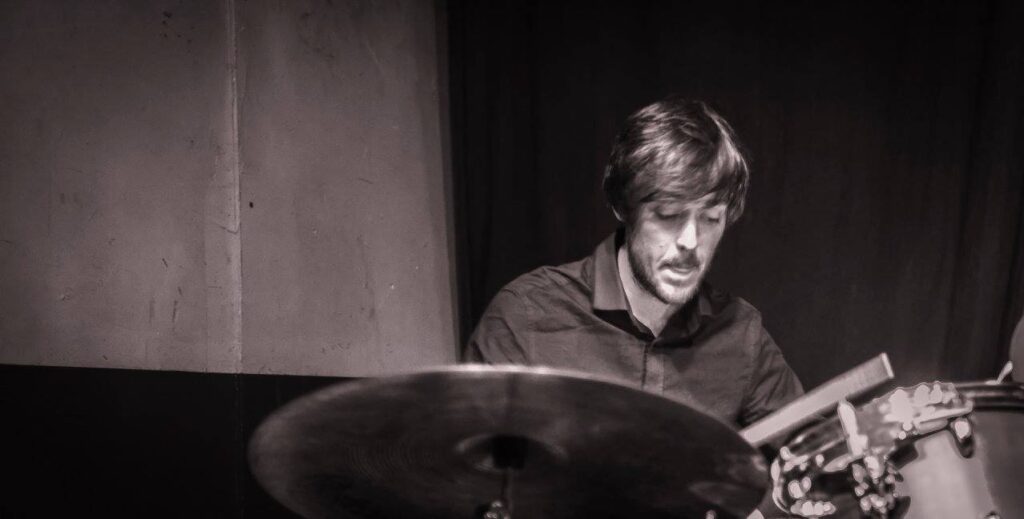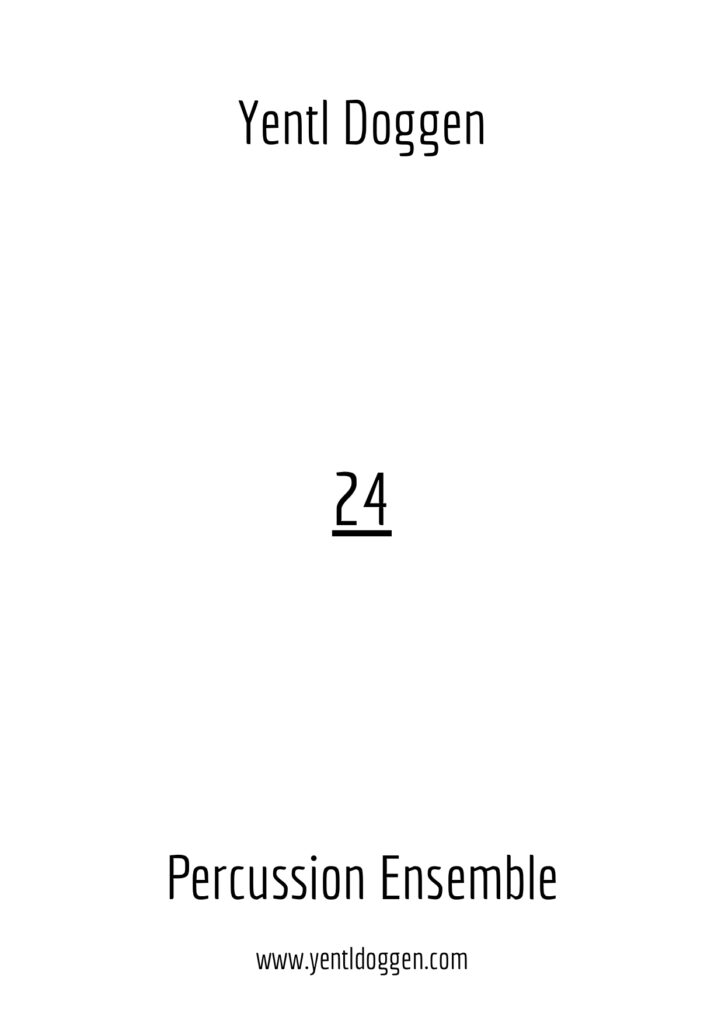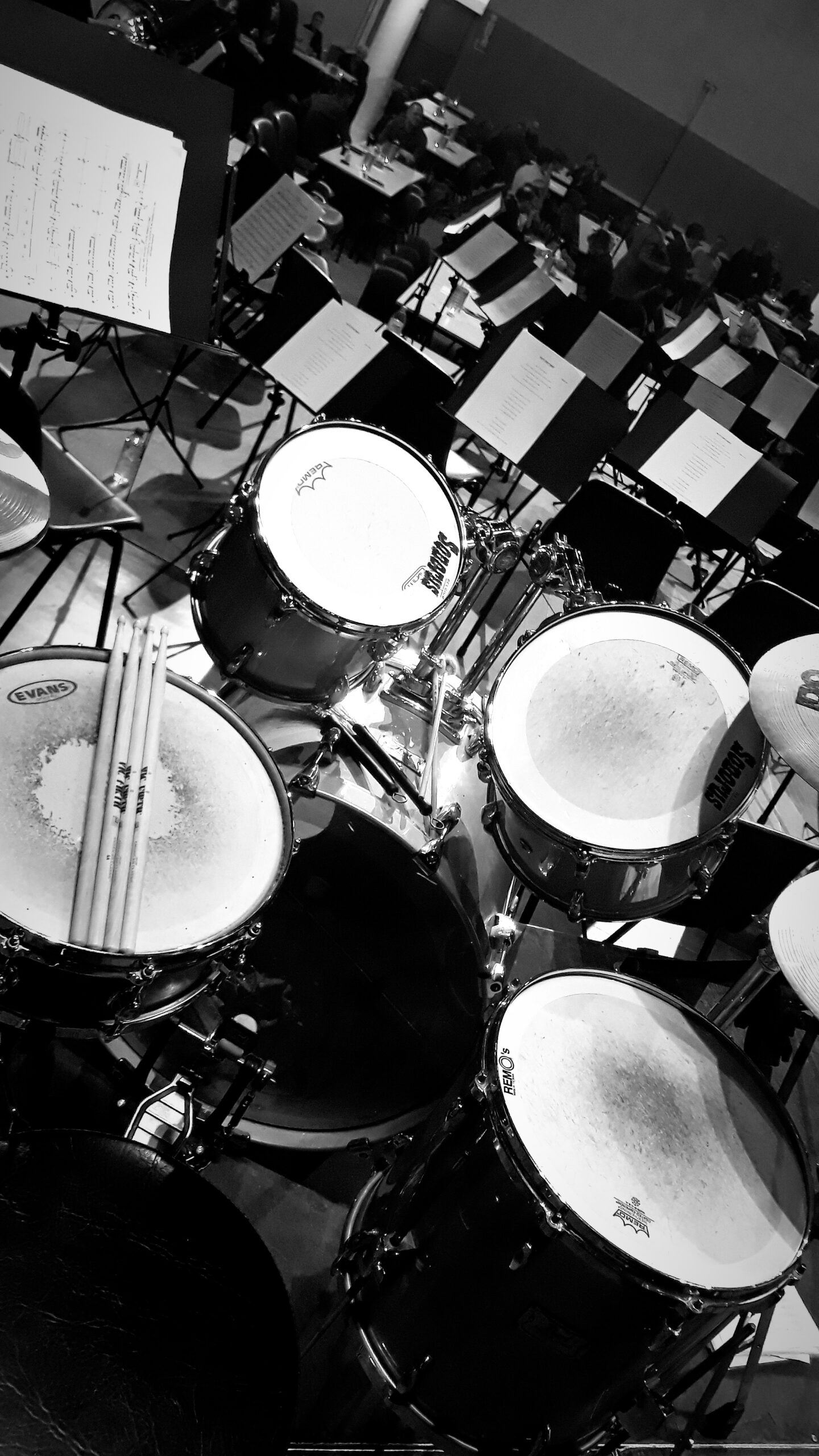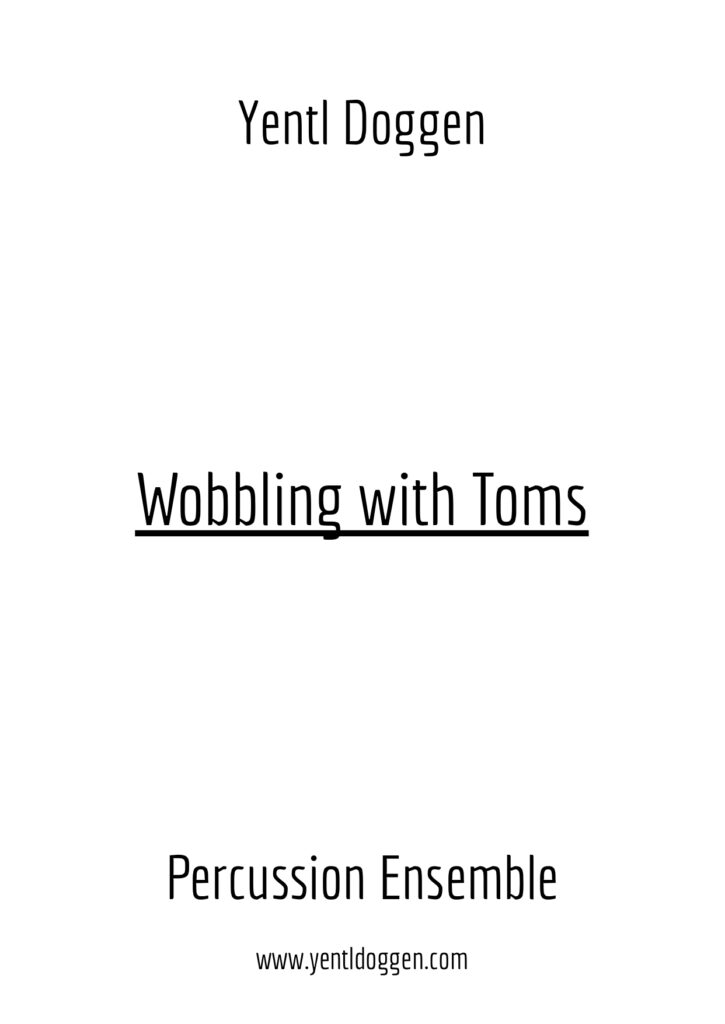Drum Transcriptions, Music
Sandu – Max Roach – Drum Transcription
In 2017, I finished two university degrees at the Luca School Of Arts in Leuven, Belgium. My first degree is a master’s degree in drums and percussion. The second degree is a bachelor’s in jazz studies. As a part of graduating in jazz, I researched the link between four Max Roach drum solos and their jazz standard’s melody. I wrote the initial document in dutch, although, over time, I converted these to English. Here you can download the (free) PDF for the drum transcription of Sandu, one of the Max Roach drum solo’s I analysed. Below that, I will include a brief analysis of the drum solo. If you have any questions, send me a message on the contact page or leave a comment!
Analysis of the Sandu drum transcription by Max Roach:
Sandu was written by Clifford Brown and was first recorded in New York for the 1955 EmArcy Records album; Study In Brown. The album is a collaboration by the trumpet player Clifford Brown and drummer Max Roach. Other personnel on the track and the album are Harold Land on tenor saxophone, Richie Powell on piano and George Morrow on double bass. The group recorded the album a year before Brown died in a car accident in 1956. Meaning they only left four years of recordings behind. Not only did Sandu become a famous jazz standard. Also, Daahoud, Jordu and Joy Spring from the album Clifford Brown and Max Roach became well-played songs and are typical for Clifford Brown’s and Max Roach’s Hardbop music styles. The song Sandu is a 12-bar blues in the key of Eb. The name Sandu could stand for one of the four Upper River districts of Gambia.
Macroscopic analysis of Sandu:
Macroscopically, it is noticeable that Max Roach shows a clear difference between the first twelve and the second twelve measures. He mainly focuses on the use of triplets the first time, whereas from the repetition (the double barline), the sixteenth notes come up. The solo gives the impression of being built up by using two-bar motifs. At the end of the solo, we get a roll on the snare drum in a noise-reducing movement, making way for the upbeat in the melody.
Microscopic analysis (bars 4 and 5):
At the opening of the drum solo, Max starts more static than melodic. In the first two bars, we see a constructive figure of triplets on the snare drum closed by an accent. Musically this can be seen as a non-committal question which he answers in the next two bars. He continues on the triplets in these bars and surrounds them on the toms with the necessary accents. In bars four and five, there are explicit references to the melody. Max Roach starts on the high tom and then moves down the snare drum to the floor tom in a descending motion. What follows is an upward movement of the floor tom over the snare drum to the highest tom and finally back on the snare drum. In the melody, we see a descending movement from the seventh on Eb7 to the root of the same chord. When we land on Ab7, we return via an inversion to the 7th via the 5th to the root. After lingering on the ground note for a while, it closes with the fifth. Although the two figures are not precisely above each other, a link is present.
Microscopic analysis (bar 10):
We see an answer to the original tune in the first two beats of the measure. The melody plays a simple figure of fourth notes, answered in the solo on the counter time. We then see that the melody makes a descending movement and then rises back to the 11 of Bb7. Max Roach uses the same system as in bars four to six. Starting on the snare drum, he moves down the kit to the floor tom and builds back up to the high tom. Both strokes are made apparent by the addition of an accent.
Microscopic analysis (first 2 bars of the repetition):
In the repetition of the theme, Max Roach mainly uses the exact rhythmic figure but plays around the drumkit. The rhythmic figure consists of two sixteenth notes and an eighth note. The alternations here are an apparent reference to the melody. Coming from the high Eb, the melody starts from the low Eb in an upward movement. The drum solo displays this by going from the high tom to the floor tom and returning to the high tom, with the snare drum serving as the centre. Following is the descending glissando from the high Eb in the melody, bringing us back to the low and high Eb. In the drums, we see that Max goes from the high tom directly to the floor tom, this time without the intervention of the snare drum. What follows next is another upward move to the high tom.
Microscopic analysis (bars 5 and 6 of the repetition):
We see an exact figure returning in the same place where Roach previously did. In bars five and six of the repetition, we see the seventh of Ab7 rising to the root of that chord, followed by a descending movement to the fifth. What follows is the Db that ends up on the Eb via a descending movement. In the drums, we start on the floor tom and then go up through the snare drum to the high tom. It is here that Max Roach returns early to its familiar centre: the snare drum. When the melody returns to the top, the drums return to the high tom. The drum solo descends to the floor tom via the snare drum. The motif concludes with an emphasis on the latter.
Microscopic analysis (bars 9 and 10 of the repetition):
Finally, it only remains to explain the ending. The melody’s penultimate bar shows a descending movement on the Fm7 chord. In the drums, we start on the last note of the syncopation from the high tom descending to the snare drum. On the third and fourth beats, we again get two fourth notes, which is not coincidental. Similarly, the drum solo answers the two-fourth notes with a counter time on the snare drum.
Later we get the melody again that first descends from the Db to the root of Bb7 and then rises again to the 11. Max Roach starts from the snare drum and then plays two notes on the bass drum, a precise movement towards the low register of the drum set. Max returns to the floor tom when the melody starts to rise again. However, this ascending line is interrupted by a return to the root note, a movement that the drum kit takes over completely. After this, the melody finishes its ascending line, and the drum also follows by ending on the high tom via the snare drum.
My website has multiple ways to keep in the loop with music and travel-related updates. Make sure to follow my Instagram and Facebook pages to get the latest content on your socials. To get the updates in your mailbox, subscribe to the newsletter. I will post plenty of free drum lessons and other music and drum-related advice on this website in the future! Check out the other drum transcriptions and analysis if you haven’t already.


